-
The Ideology Of Persistence In Children’s Literature Analysis
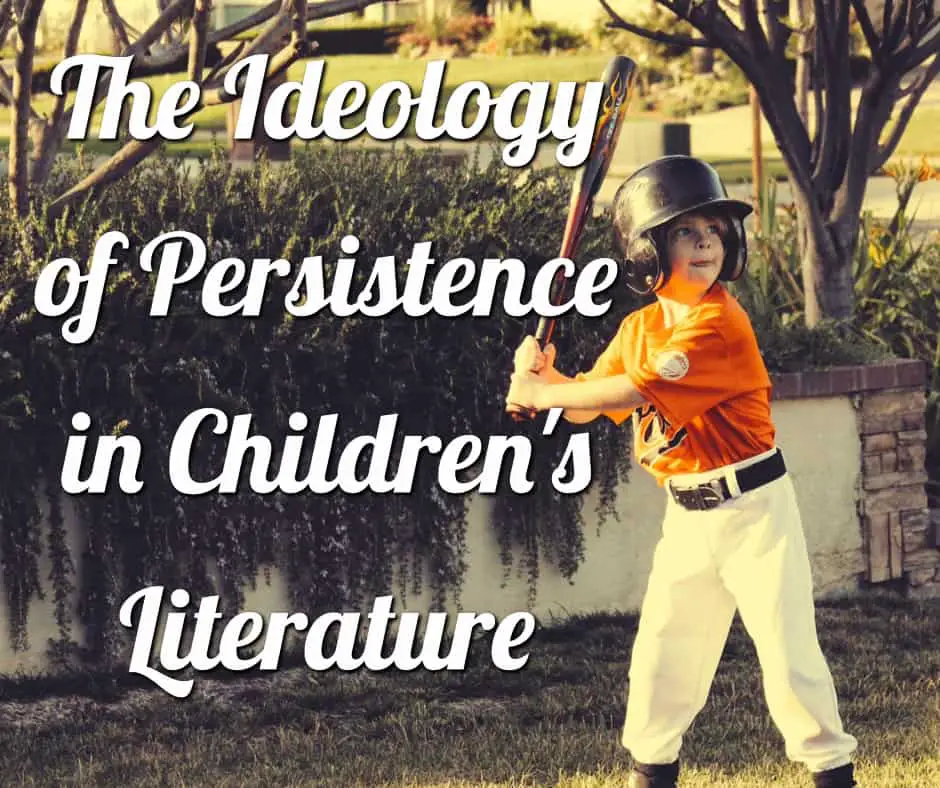
If you work hard you will find success. Persistence leads to success is a comforting truism, because we feel the future is under our own control. Work hard, you win. An episode of a Freakonomics podcast provides a strong, economically sound argument for sometimes giving up. But you’ll be hard pressed to find a book for […]
-
Symbolic Archetypes In Children’s Stories Analysis
These symbolic archetypes are very old. The earliest written record we have is often in fairy tales. Innate Wisdom vs. Educated Stupidity Some characters exhibit wisdom and understanding of situations instinctively as opposed to those supposedly in charge. Loyal retainers often exhibit this wisdom as they accompany the hero on the journey. This pretty much […]
-
Read Boss Baby by Marla Frazee. Don’t watch the film.
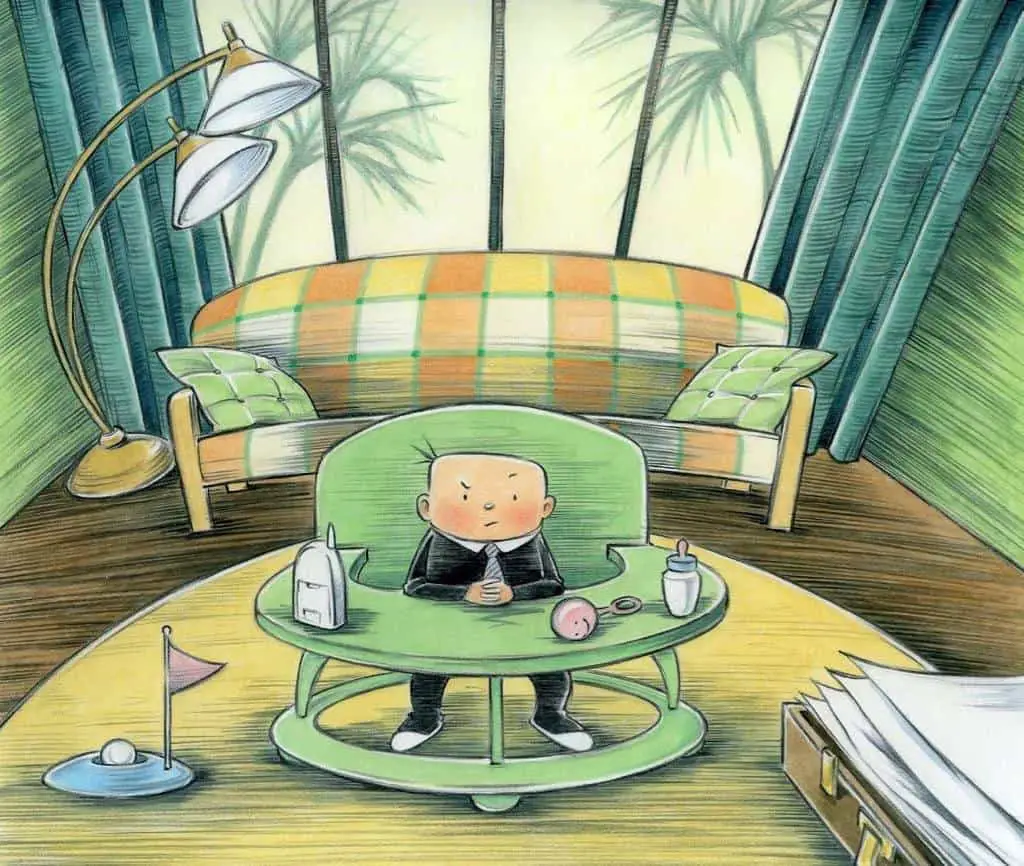
Boss Baby, written and illustrated by Marla Frazee, is an award-winning 2010 American picture book released by Dreamworks in 2017 as a film. Boss Baby was adapted for screen by Michael McCullers, who also gave us Austin Powers and Mr Peabody and Sherman, which will give you some idea of the tone. Boss Baby is a perfect […]
-
Mr Big by Ed Vere Picture book Analysis
STORY STRUCTURE OF MR BIG Mr Big is a tale told by a storyteller narrator, who we meet on the very first page and then soon forget. Almost all picture books have third person narrators but most often we don’t consider who that might be, so there must be a good reason for introducing Mr Big’s […]
-
More and Better by Margaret Neve (1980) Analysis
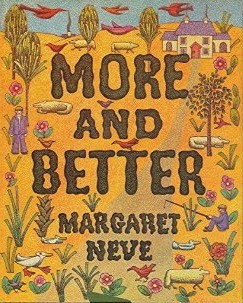
People have a feeling of “Give it to me quick.” The contemporary mind feels a kind of relief when it sees things rapidly consummated. Saul Bellow Everything You Can’t Have by Morgan Housel SETTING OF MORE AND BETTER Once upon a time there was a green valley, with a hundred farmhouse windows shining across the meadows. […]
-
The Amazing Bone by William Steig Analysis
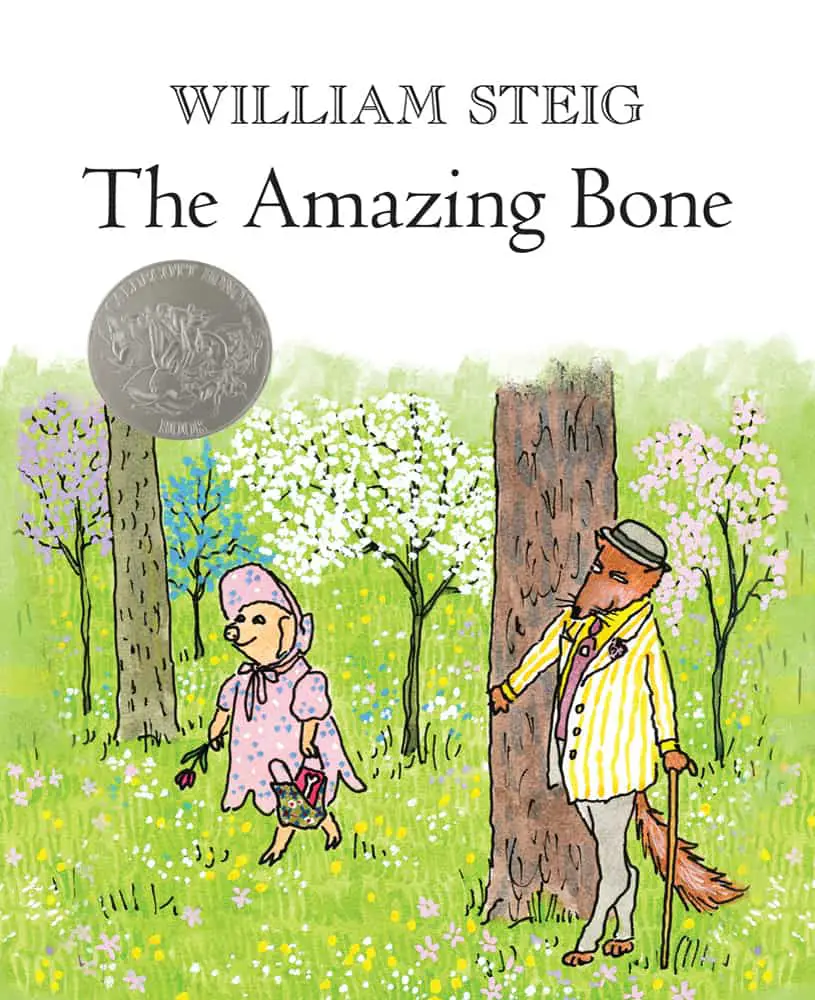
Last year marked the 40th anniversary of William Steig’s The Amazing Bone. This is remarkable because it feels, in some ways, like a much more modern picture book than that. This is all to do with Steig’s voice. Pearl is at no point mortally afraid. We know and she knows that this is a storybook world in […]
-
Boring Mrs Bun by Juliet Martin and David Johnstone (1986) Analysis
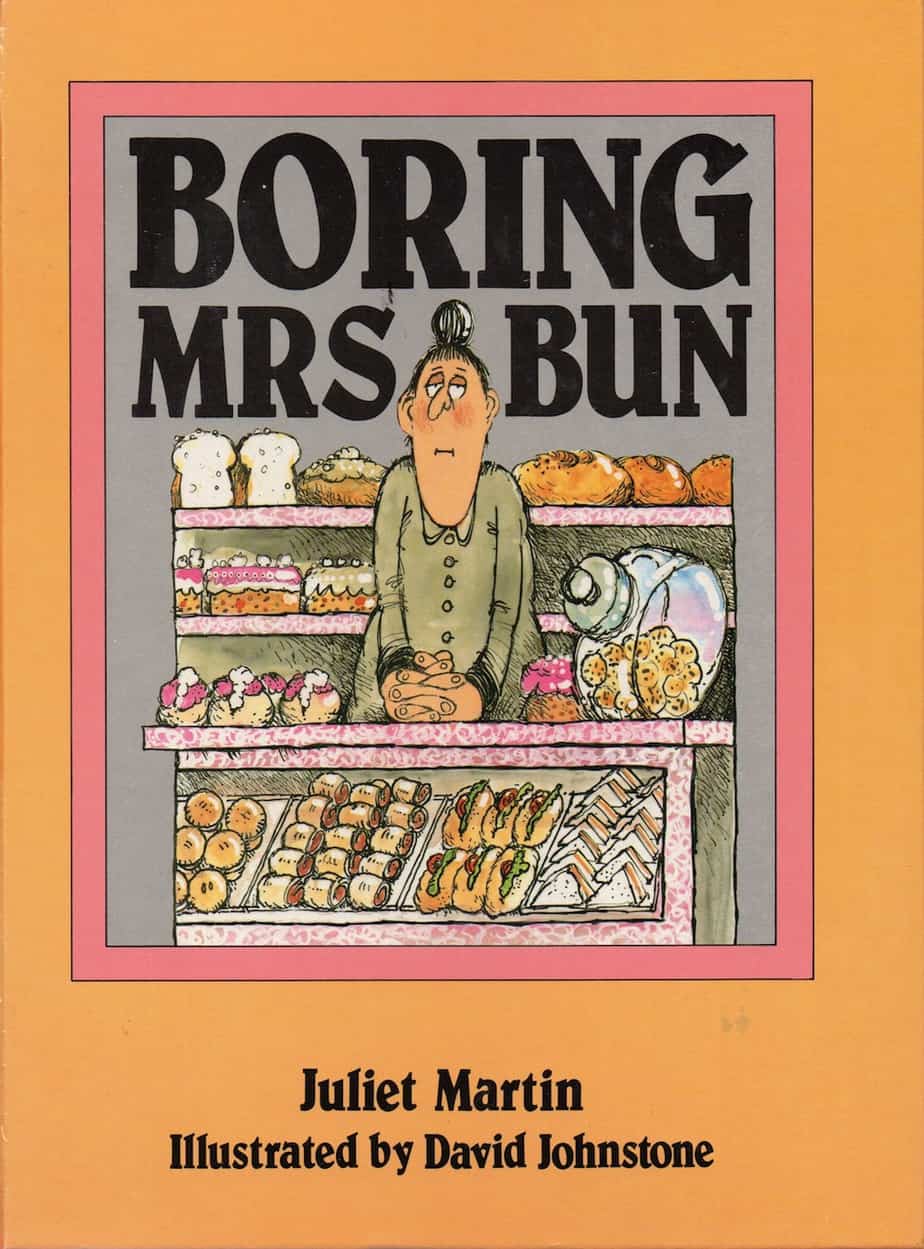
Boring Mrs Bun is a 1986 character sketch picture book by Juliet Martin and David Johnstone. What sort of story is Boring Mrs Bun? Almost every story in the world is structured like this. But #NotAllStories Rather, not all books we’d call stories. Not all picture books are stories. Some are abecederies. Others function simply […]
-
A Fish Out Of Water by Helen Palmer Analysis
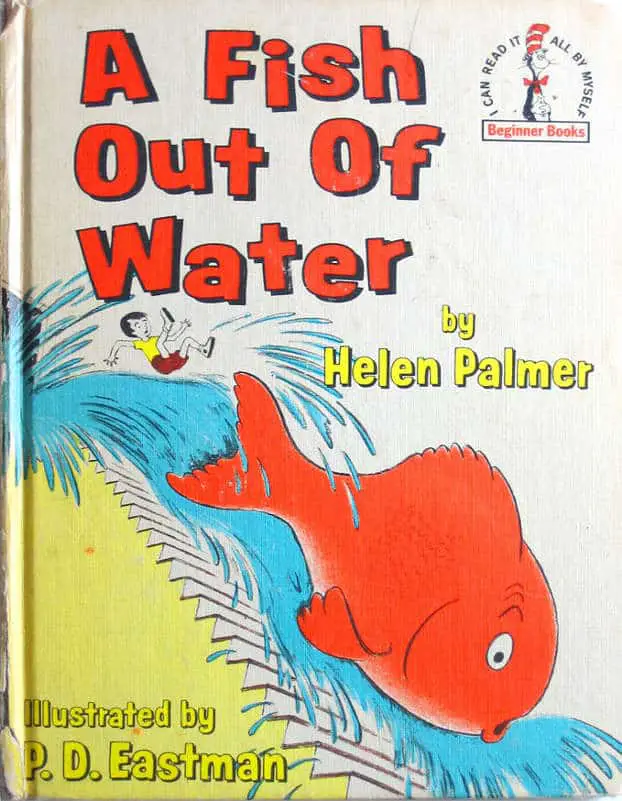
The story of Helen Palmer is — from the outside, certainly — a sad one. Helen is ‘the woman behind the man’ in the Dr Seuss duo. It was Helen who encouraged her husband Theo to start writing picture books. When the marriage ended and Theo embarked upon a second relationship, Helen suicided. It would […]
-
Strat and Chatto by Jan Mark and David Hughes Analysis
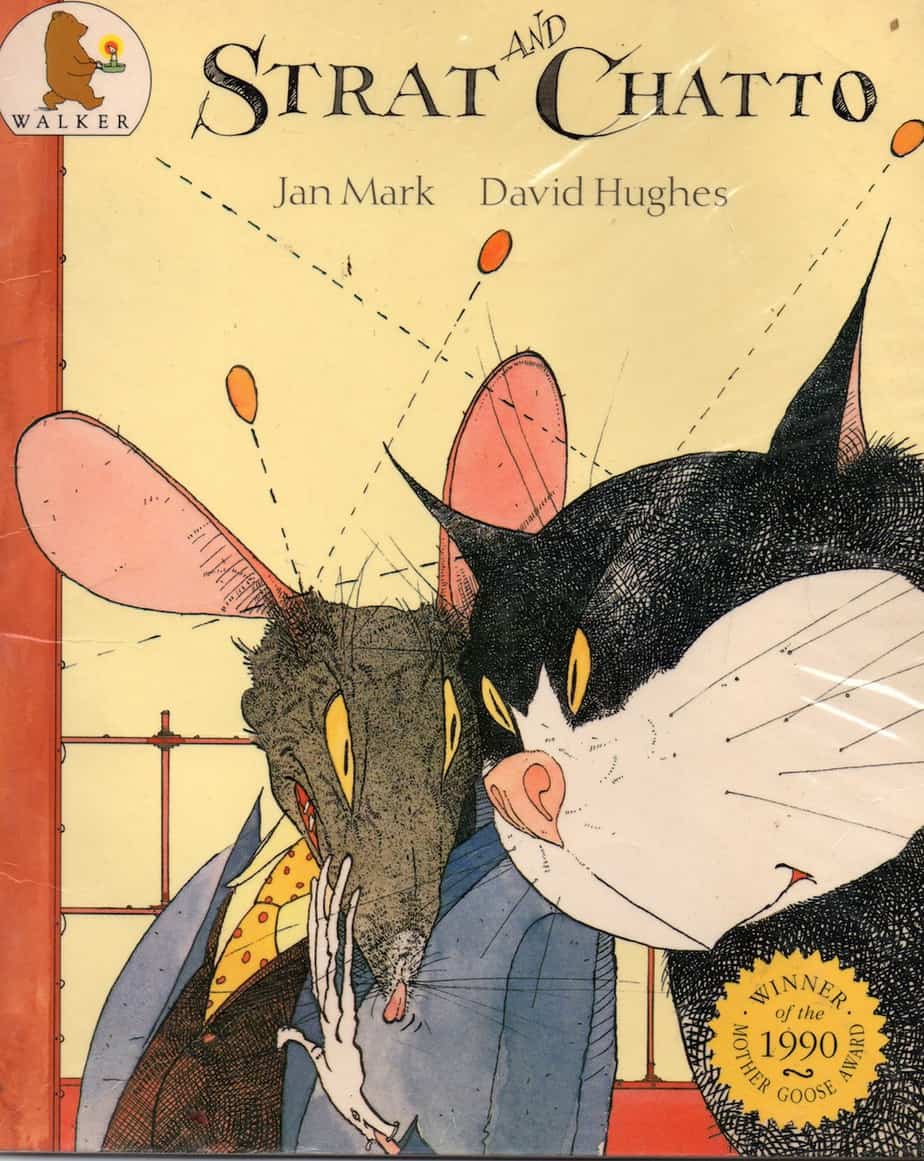
Strat and Chatto is a picture book created by Jan Mark and David Hughes. Jan Mark was a British children’s book author who died about 10 years ago in 2006. She wrote for the picture book and chapter book age range. Her subject matter was mostly ordinary kids in ordinary settings. She also wrote plays […]
-
Garth Pig And The Ice Cream Lady By Mary Rayner
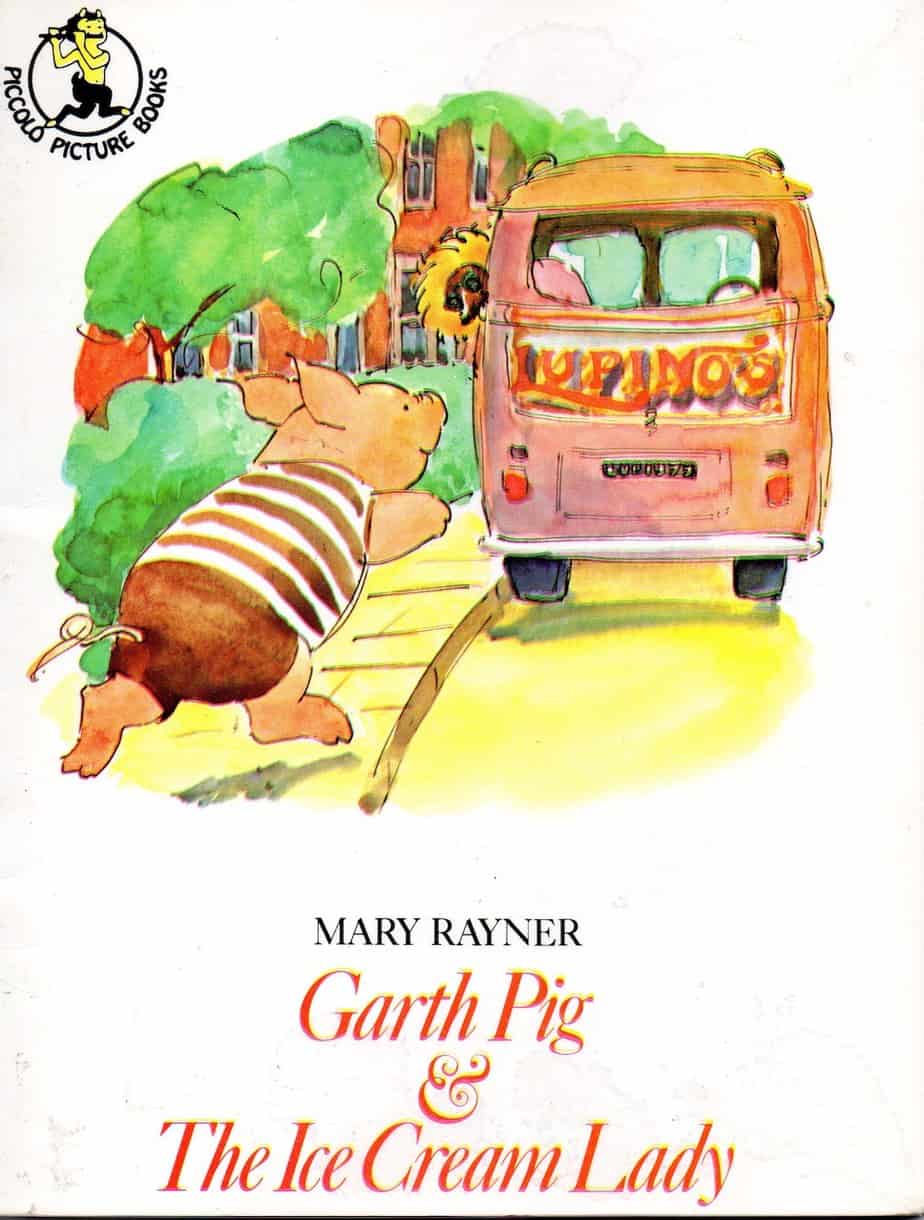
Garth Pig and the Ice Cream Lady is a British picture book written and illustrated by Mary Rayner in 1977. The story is part fairytale, part 1977 modernity. ABOUT THE AUTHOR Mary Rayner was born in 1933 in Mandalay, Burma of British parents. She was 8 years old when Japanese troops invaded Burma. Her mother […]
-
Doctor De Soto by William Steig (1982) Analysis
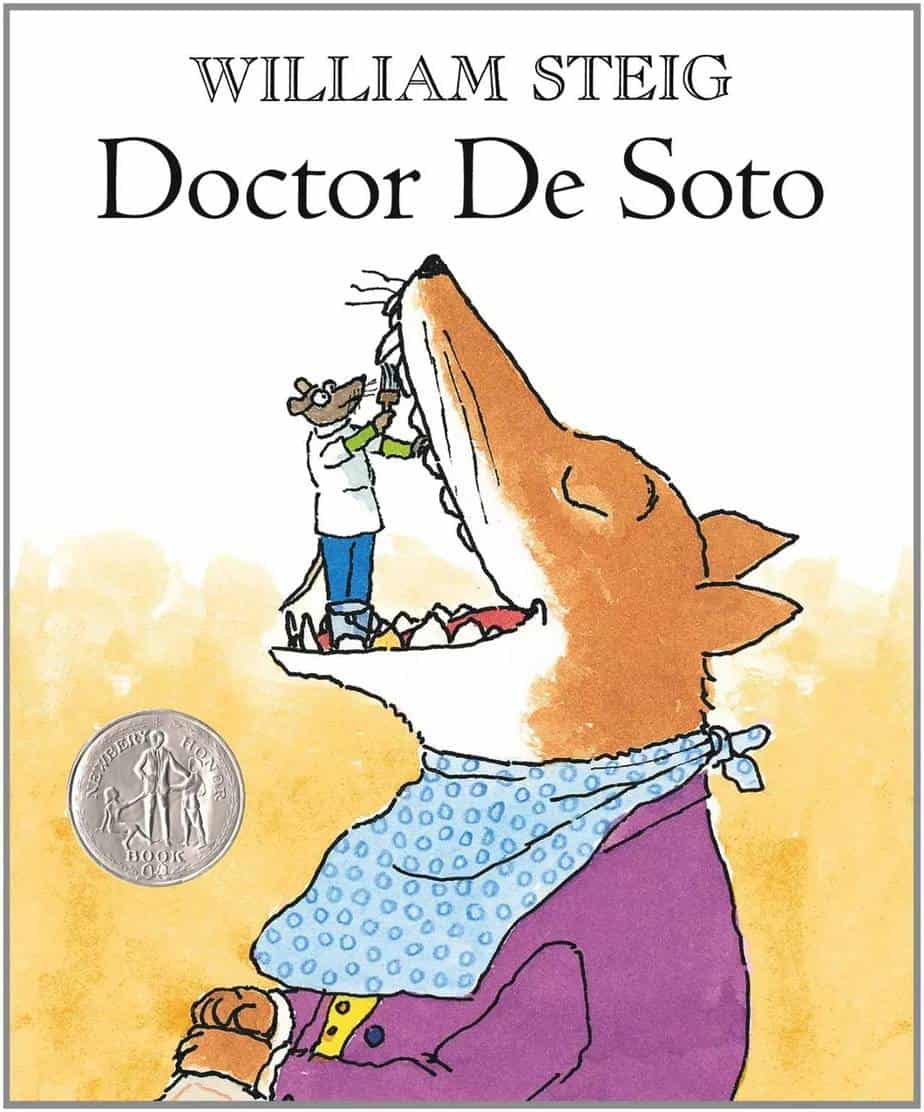
Doctor De Soto is an example of a picture book that owes a lot to Aesop, with the characterisation of the mice and the fox already firmly in place. Mice don’t play as prominent part in the fables as you might think, but foxes are one of the main five, along with countrymen, dogs, donkeys […]
-
Storybook Farms
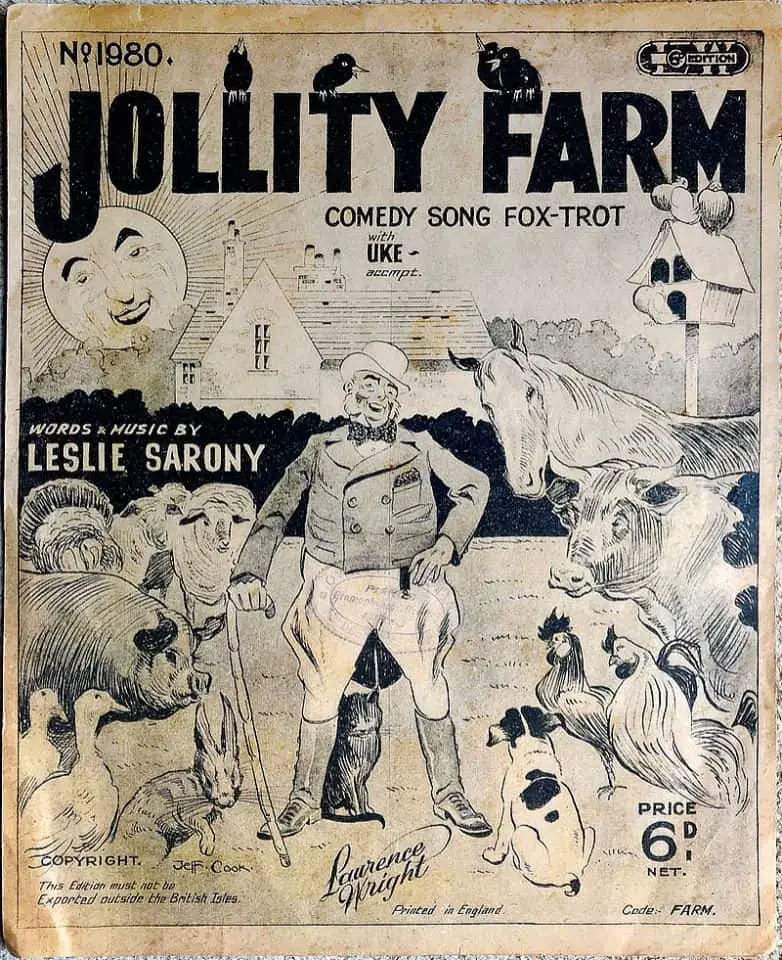
Farms in children’s literature are often a kind of utopia. Often these are animal utopias, and the reader is not supposed to even think of what the animals are really there for. Writing of the book Hepzibah Hen, a Children’s Hour favourite from 1926, is described by Margaret Blount as ‘the antithesis of Animal Farm‘, […]
-
What Is Surrealism?
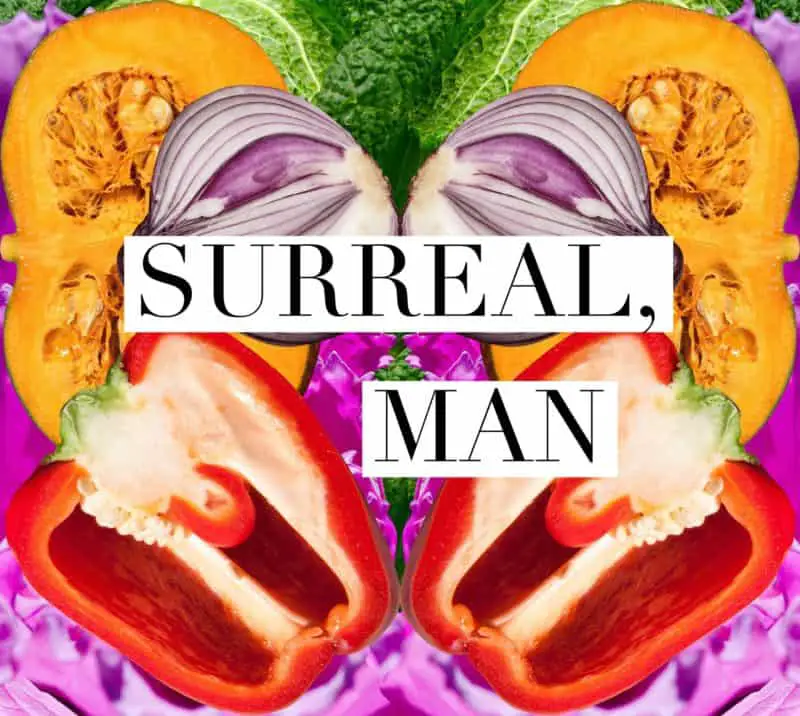
The word ‘surrealism’ has a different use in everyday English from its meaning in critical discourse. Surrealism in everyday English: I don’t understand it. Weird somehow. Creepy. Like a dream. Disparate things are together and don’t make sense. Surrealism in critical discourse: Over and above. Literally, super-real (from French). ‘Surreal’ is a modern word and does […]
-
And To Think That I Saw It On Mulberry Street by Dr Seuss Analysis
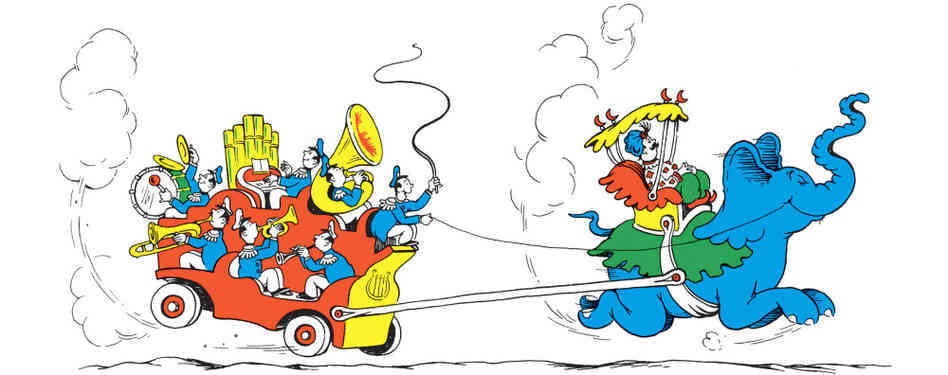
And To Think That I Saw It On Mulberry Street was Ted Geisel’s first book. Well, he’d written an abecedary but failed to interest publishers in it. It took a while to find a publisher for this one, too, but compared to what author/illustrators are up against today, I’m guessing 20 rejections is actually pretty good. Dr […]
-
Thidwick The Big-Hearted Moose by Dr Seuss Analysis
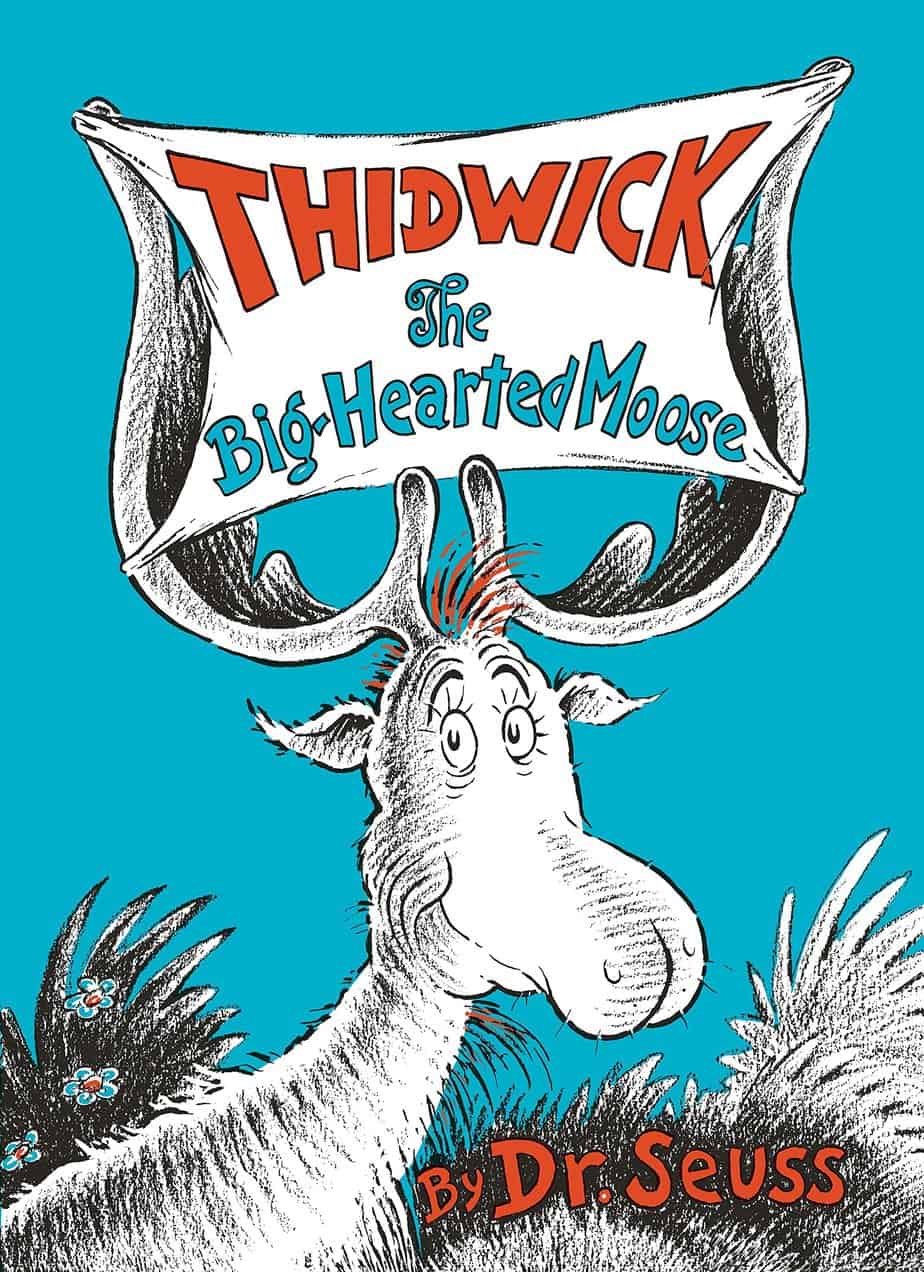
Theo Geisel had a thing for antlers. In the mid-nineteen thirties, Theodor Geisel was a fledgling author and artist, operating as an illustrator for New York advertisement agencies. His father, superintendent of parks in Springfield, Mass., from time to time sent him antlers, expenditures and horns from deceased zoo animals. Geisel stored them in a […]